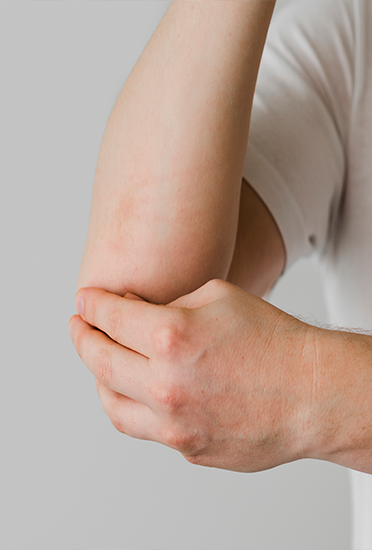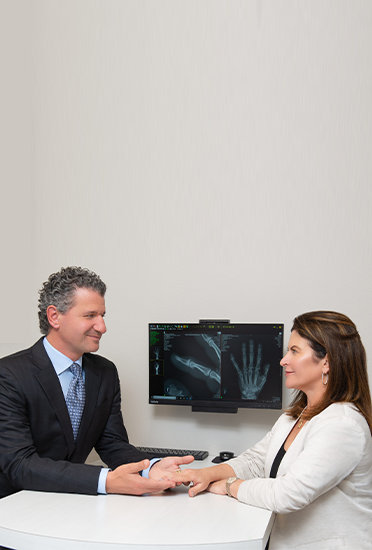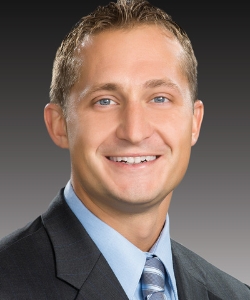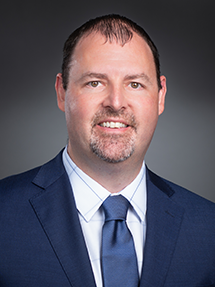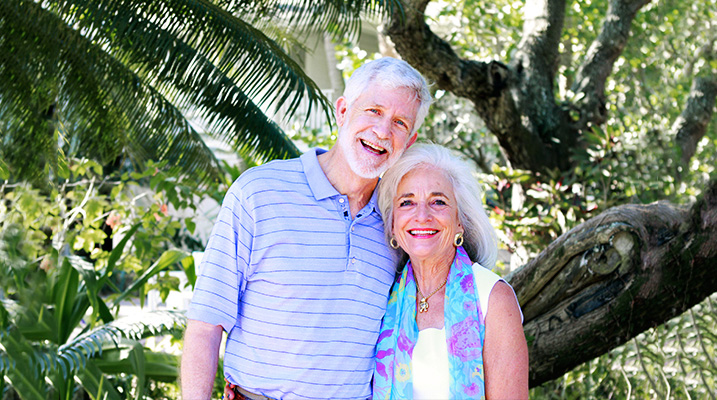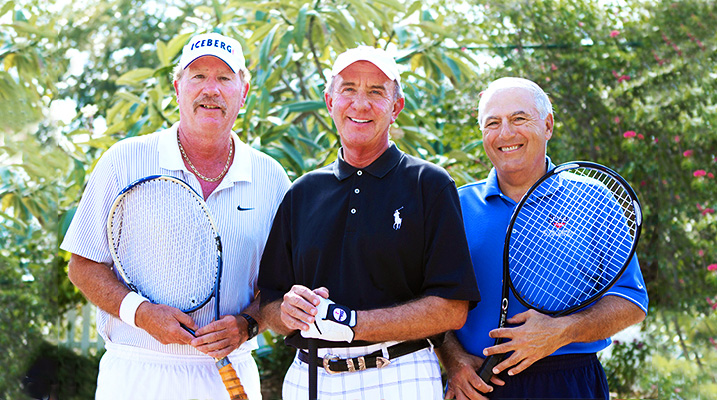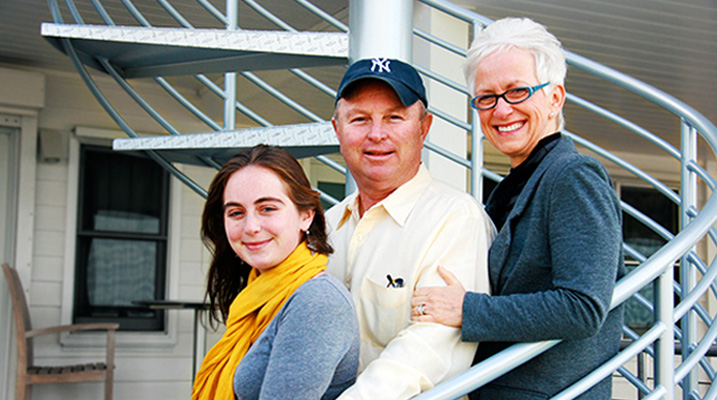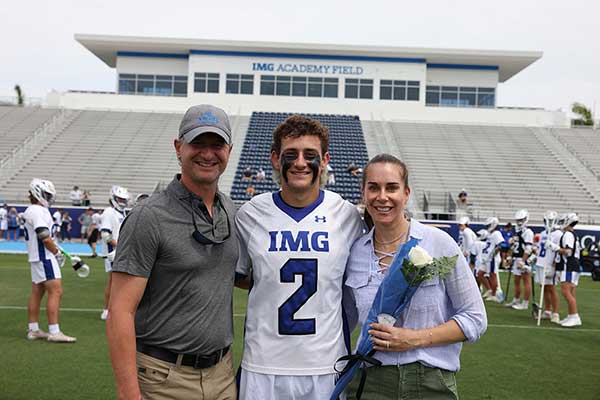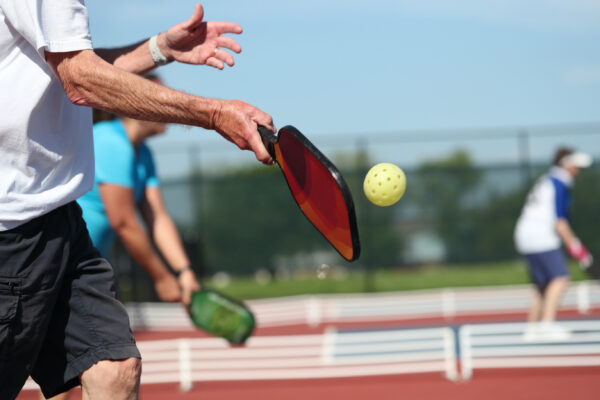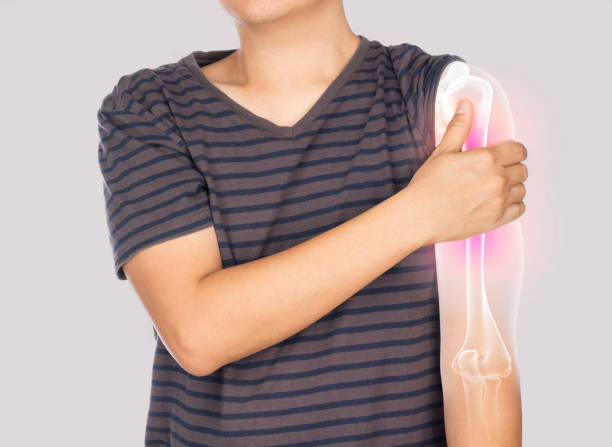Ulnar Nerve Transposition
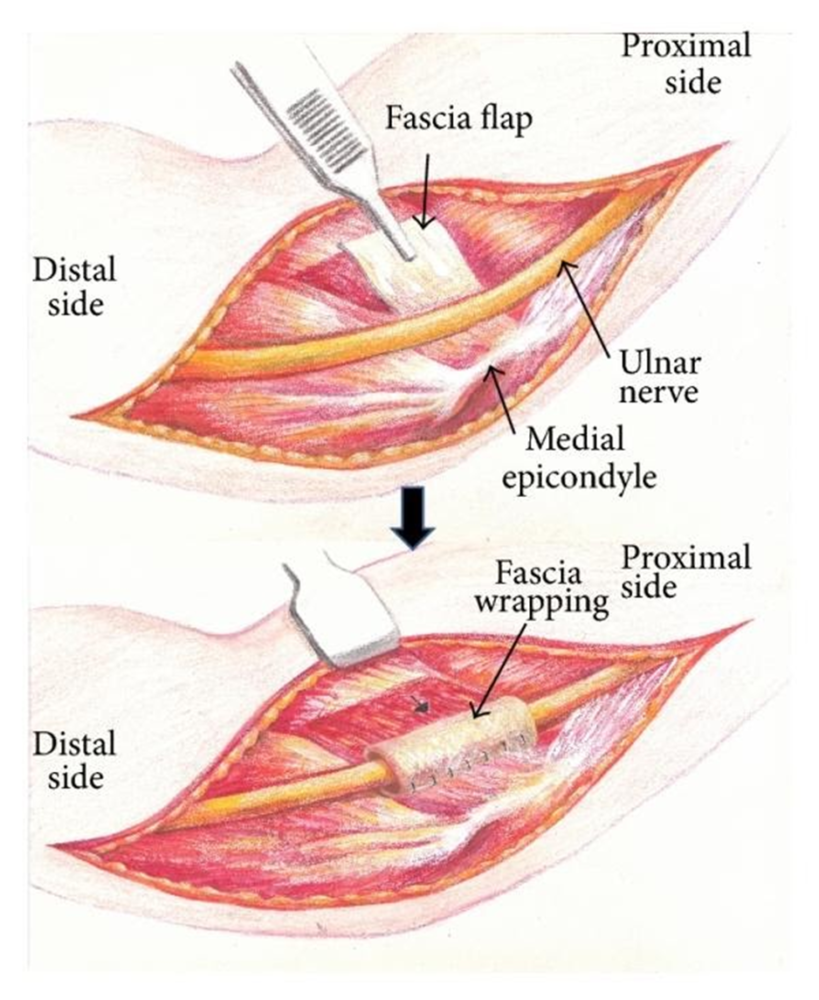
What is ulnar nerve transposition? The ulnar nerve transposition procedure is usually performed on patients whose ulnar nerve is compressed near their medial epicondyle inside the elbow. This compressing of the ulnar nerve can cause pain, tingling, or numbness in the small and ring fingers and forearm.
Expert attention of a highly experienced physician is required to help determine whether the symptoms of this condition are primary or secondary. In case the symptoms are found to be secondary, the problem could be an indication of a complicated health condition like diabetes.
Sforzo I Dillingham I Stewart Orthopedics, expert physicians, such as Dr. Christopher R. Sforzo and Dr. Christopher L. Dillingham, can help with your ulnar nerve transposition surgery. All these doctors are board-certified orthopedic surgeons with several years of experience in different kinds of surgeries.
Ulnar Nerve Transposition Elbow Anatomy
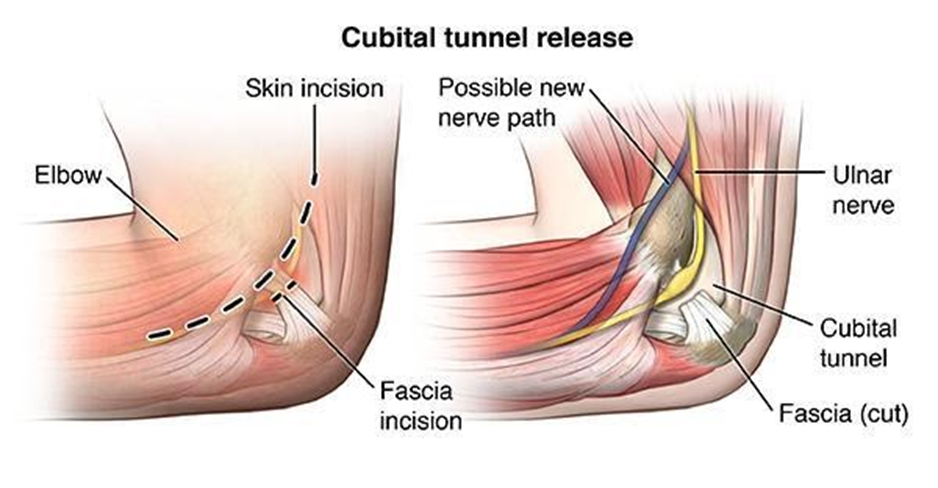
The ulnar nerve at the elbow travels through the cubital tunnel (a tunnel consisting of tissues) all the way under the bump of a bone inside the elbow. The name of this bony bump is medial epicondyle, while the spot where your nerves in the elbow run under the bony bump is called the “funny bone.” It is at this funny bone that the nerve gets close to the skin. So, bumping the nerve at this spot leads to a shock-like sensation.
Beyond your elbow, the ulnar nerve passes under the muscles just inside the forearm before reaching the side of your hand where the little finger is located. While inside your hand, the ulnar never passes through another tunnel known as Guyon’s canal.
The main function of your ulnar nerve is to make your little finger and some parts of your ring finger have felt to the touch or anything that comes into contact with your hand. Apart from that, the ulnar nerve controls most of your little muscles within the hand. These little muscles play a significant role in making fine movements and giving your hand strength.
The same nerve helps a few of the bigger muscles of your forearm when making a strong grip on something. Anything that interferes with the structure and functionality of your ulnar nerve can as well impact your ability to feel, make fine movements or grip something strongly using your hand and forearm.
Causes of the Ulnar Nerve Transposition
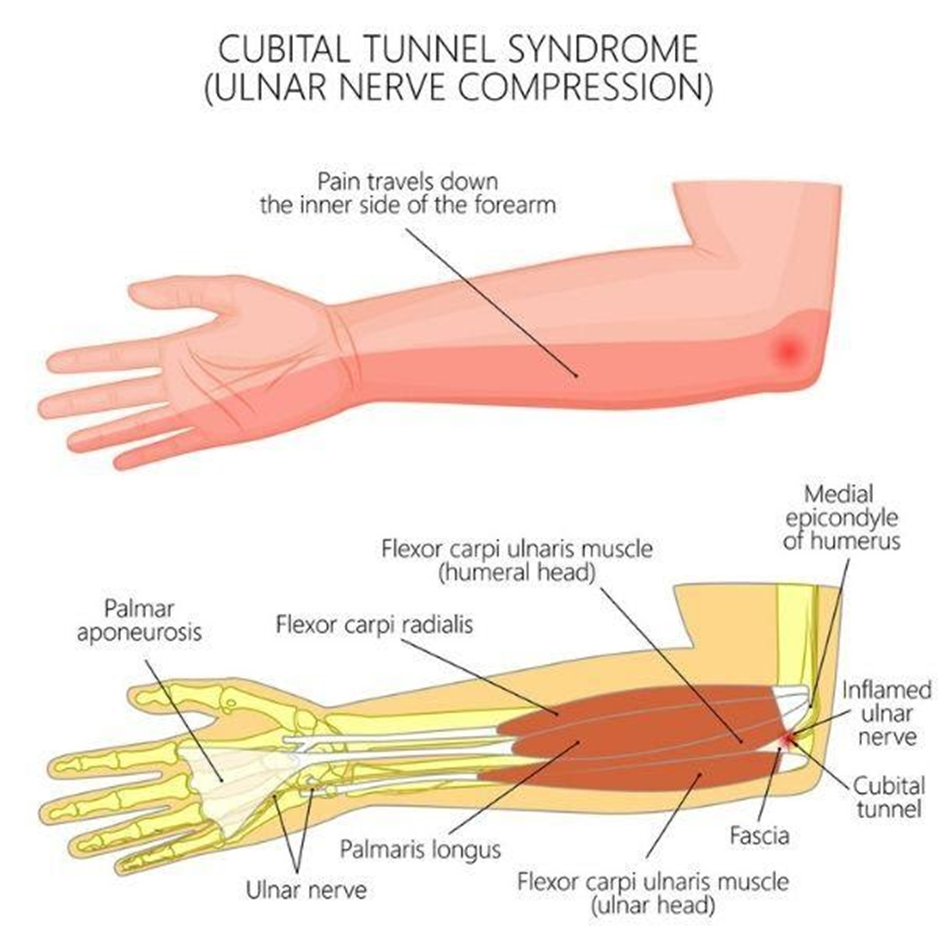
The exact cause of cubital tunnel syndrome is not yet known. However, your ulnar nerve is usually vulnerable to compression, especially at the elbow. This is the place where your ulnar nerve travels through a very narrow space. Plus, a small number of nerve tissues protect this important nerve passing through your elbow.
Check out these common causes of compression explained by Dr. Christopher R. Sforzo at Sforzo | Dillingham | Stewart Orthopedics + Sports Medicine that affect your ulnar nerve:
- The act of bending your elbow leads to stretching of your ulnar nerve around the elbow’s boney ridge, particularly that of the medial epicondyle. As a result, this stretching causes some compression on the nerve. Pain symptoms can even occur when you bend your elbow repeatedly or for too long. Such cases are common when you sleep with your elbows bent. Doing so can easily aggravate symptoms related to ulnar nerve compression.
- A direct blow to your elbow is likely to cause electric shock sensation, pain, and numbness in the ring or little fingers. Such feelings are common when your “funny bone” is hit.
- The compression against the ulnar nerve is caused by swelling due to fluid buildup in your elbow. Typically, swelling compresses the nerve, causing irritation that eventually leads to serious health complications.
- The ulnar nerve may accidentally slide out from behind your medial epicondyle. This happens when you bend your elbow, so the act of sliding back and forth can possibly irritate the nerve.
- The pressure exerted on your ulnar nerve when leaning on the elbow for too long can cause nerve compression
Symptoms of Ulnar Nerve Transposition
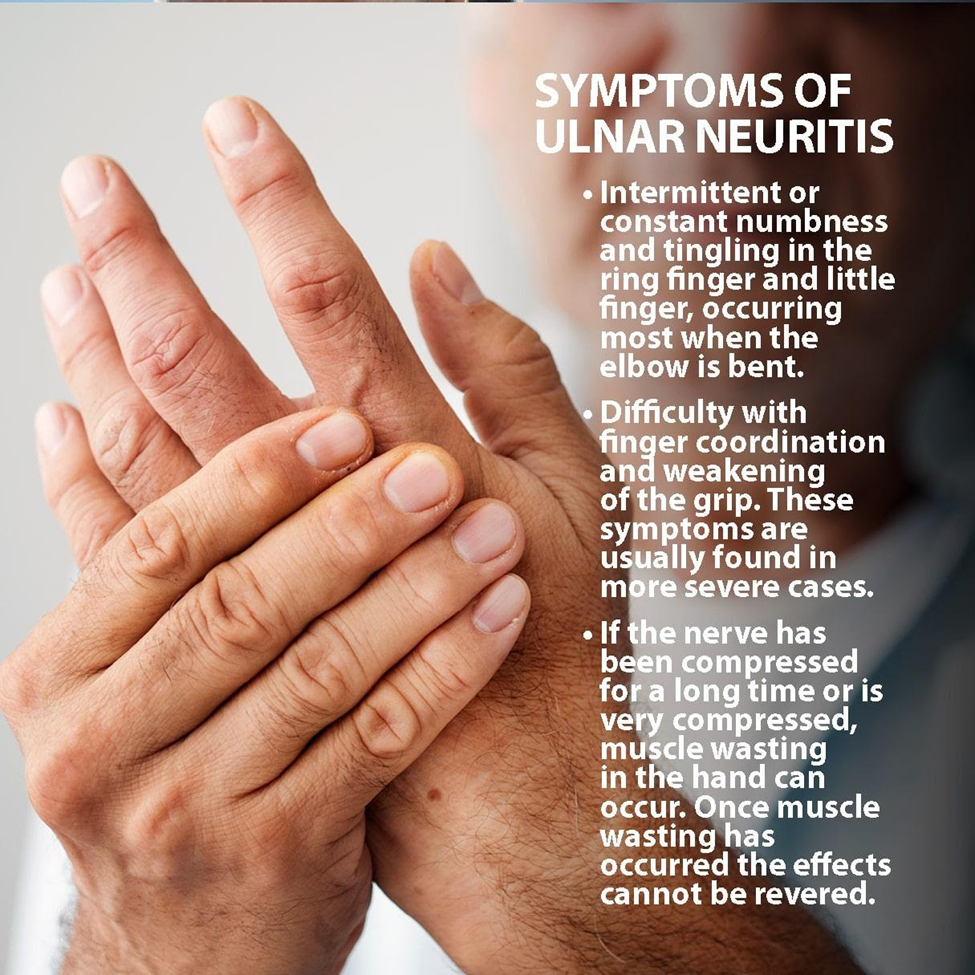
One of the most common signs of cubital tunnel syndrome is the aching pain inside your elbow. However, many symptoms associated with ulnar nerve compression occurs in your hands. These symptoms include:
- Feelings of numbness or tingling in your little finger and ring finger can indicate ulnar nerve entrapment. These symptoms appear and disappear on their own. They happen often whenever you bend your elbow during the driving time or when holding your phone for too long. You may also wake up in the middle of the night due to numbness on your fingers resulting from bending and resting your head on your elbow for a long time.
- Common feelings of “falling asleep” in your little finger and ring finger when you bend your elbow. In extreme cases, you may experience some difficulties moving your fingers or manipulating objects in your hands.
- Gradual weakening of your grip while holding objects in your hands. Difficulty in coordinating your fingers when playing a musical instrument or typing can also be an indication of ulnar nerve compression. These symptoms are usually common in severe cases of cubital tunnel syndrome.
- Muscle wasting is due to prolonged nerve compression. Unfortunately, you may not be able to reverse cases of muscle wasting. Therefore, you should consult with your physician if symptoms become severe or persistent for a period exceeding six weeks.
- Sometimes you may feel the pain coming from the inside of your elbow, and this is one of the symptoms of ulnar nerve compression. Tenderness around your elbow joint may also serve as one of the early indicators of cubital tunnel syndrome.
Look out for these symptoms every time you suspect that you have ulnar nerve compression. If conservative forms of treatment like taking anti-inflammatory medications or wearing a splint don’t work for you, then you should consider cubital tunnel syndrome surgery to reposition the affected ulnar nerve.
Ulnar Nerve Transposition Diagnosis
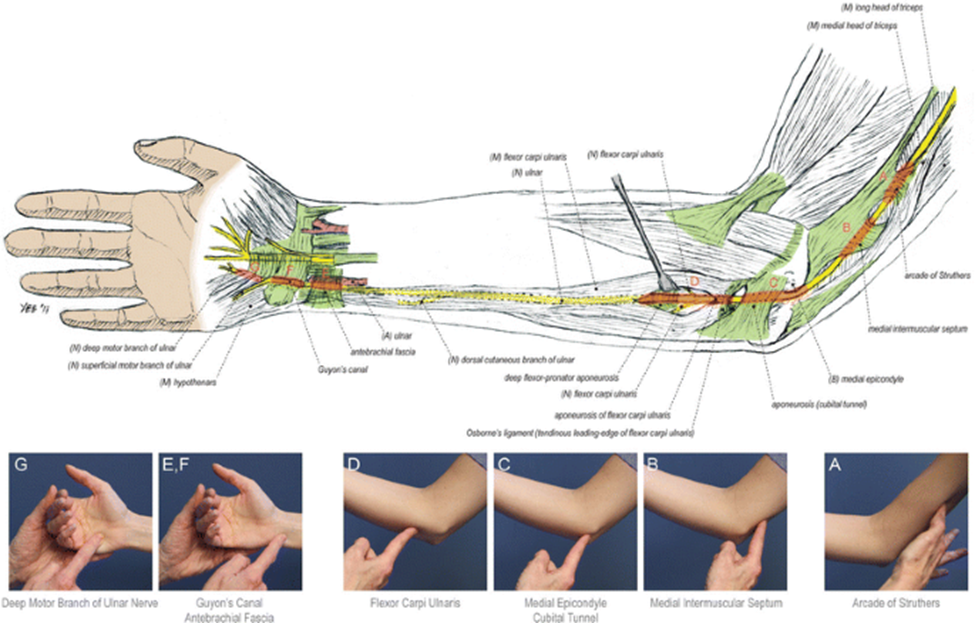
A proper diagnosis of your ulnar entrapment is necessary to help determine the right treatment option. This type of diagnosis requires the attention of a knowledgeable and experienced physician like Christopher R. Sforzo at Sforzo | Dillingham | Stewart Orthopedics + Sports Medicine. The physician will help determine whether the symptoms are primary or secondary. So, a comprehensive clinical examination should come in handy as part of the diagnosis process. Apart from your complete medical history, your physician may ask you to take the following tests:
- X-ray: You may need to go for an X-ray test to take pictures of your elbow area. The pictures will reveal the conditions of your bones in the elbow area.
- MRI: Magnetic Resonance Imaging (MRI) scan is another option for diagnosing ulnar nerve compression. MRI takes pictures in slices to provide detailed images of your elbow complex.
- EMG: Electromyography (EMG) examines the input of nerves in your muscles. The test is performed with the help of nerve conduction studies.
Ulnar Nerve Transposition Treatments
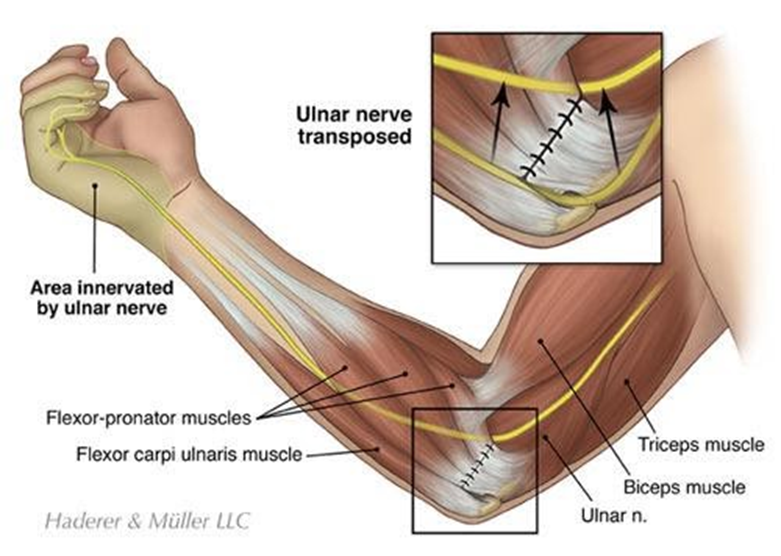
After a successful diagnosis of your cubital tunnel syndrome, your physician may suggest these two treatment options:
1. Nonsurgical Treatment
With non-surgical treatment, you can take nonsteroidal anti-inflammatory drugs (NSAIDs) like ibuprofen to relieve pain and reduce swelling around your ulnar nerve. Other non-surgical treatment options may include bracing or splinting and nerve gliding exercises.
2. Surgical Treatment
If non-surgical treatment options don’t work for you, your physician may recommend ulnar nerve transposition surgery. This option can also come in practice if your ulnar nerve is compressed or the nerve compression has led to muscle damage or weakness.
The surgical procedure will help relieve pressure on your ulnar, never around the elbow. The orthopedic surgeon will also discuss with you the most appropriate surgical option. Such procedures are usually performed on an outpatient basis, and they can be cubital tunnel release, medial epicondylectomy, or ulnar nerve anterior transposition.
What to Expect after Ulnar Nerve Transposition Surgery
The outcome of ulnar nerve transposition surgery is usually good since each method provides impressive success rates. If your nerve is severely damaged or badly compressed, it may not return to normal. Some symptoms may stay on even after ulnar nerve transposition surgery. This is because nerves recover or regenerate slowly, so it may take longer for the affected nerve to function optimally after surgery.
Ulnar nerve transposition is a medical term that describes the procedure involving the moving of the ulnar nerve from the medial condyle of your elbow to an appropriate position. The ulnar nerve is moved to prevent it from being pinched or irritated. Reach out to Sforzo I Dillingham I Stewart Orthopedics + Sports Medicine to learn more about ulnar nerve transposition surgery.


